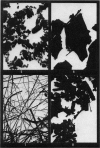Abstract
A series of mineral dusts were injected into the pleural cavities of mice in order to test their relative fibrogenicity. It was found that long fibre dust specimens produced widespread cellular granulomata which formed firm adhesions between the lungs, diaphragm and chest wall. These granulomata were gradually replaced by fibrous tissue and in old animals the dust was often found embedded in masses of acellular collagen. When the same mineral samples were more finely ground and sieved so that no long fibres remained in the dust, the resulting granulomata were much smaller and did not form adhesions. The small granulomata did, however, fibrose eventually and the dust was embedded in small nodules of collagen. Non-fibrous mineral rocks when finely ground and sieved also produced small non-adherent granulomata. The actual size of these granulomata depended on the number of cells attracted to the dust and this did vary with the different samples tested. The final degree of fibrosis within the granulomata was very closely correlated with the initial cellularity of the lesions. Those that were very cellular produced considerable amounts of collagen while little was produced if the initial granulomata had contained few cells.
Full text
PDF



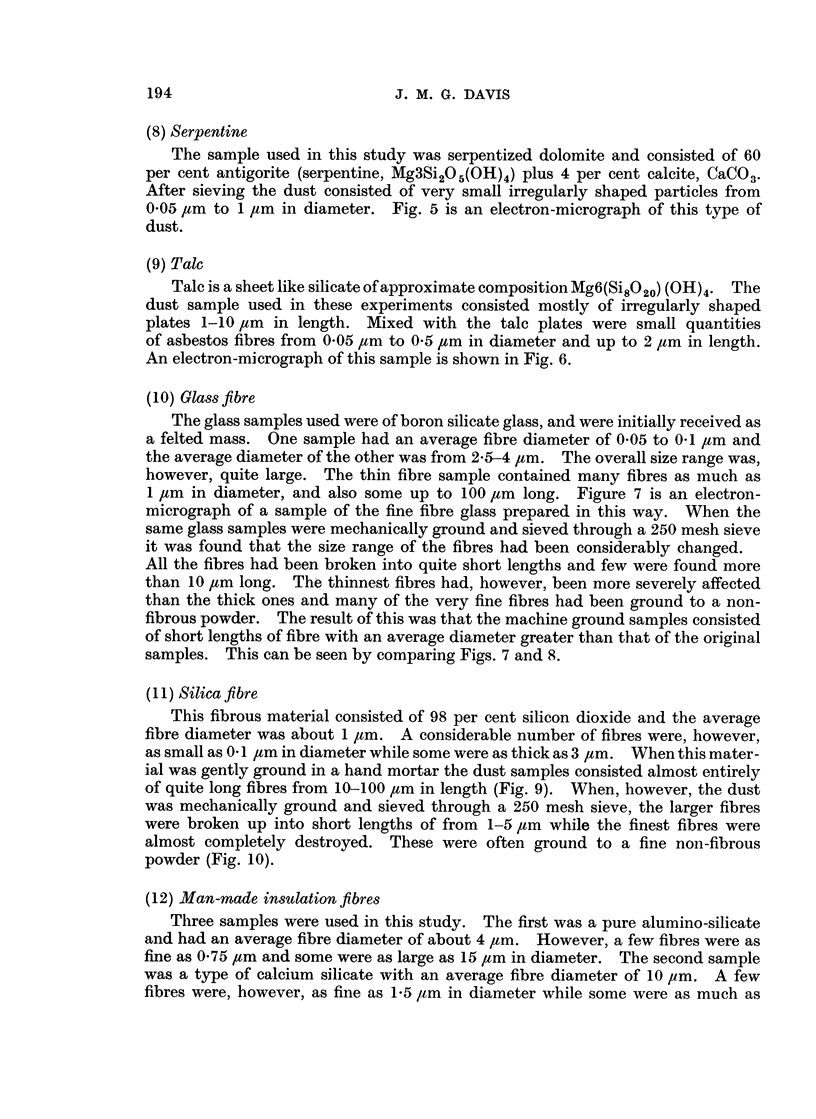

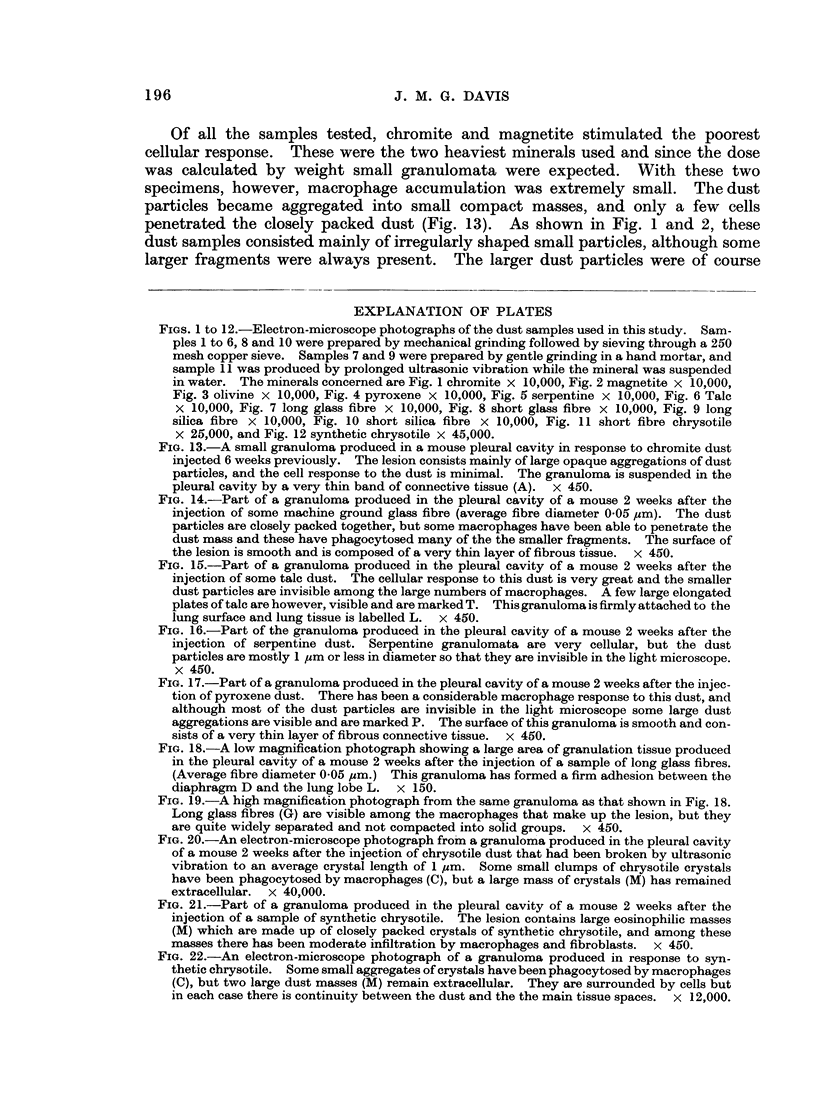
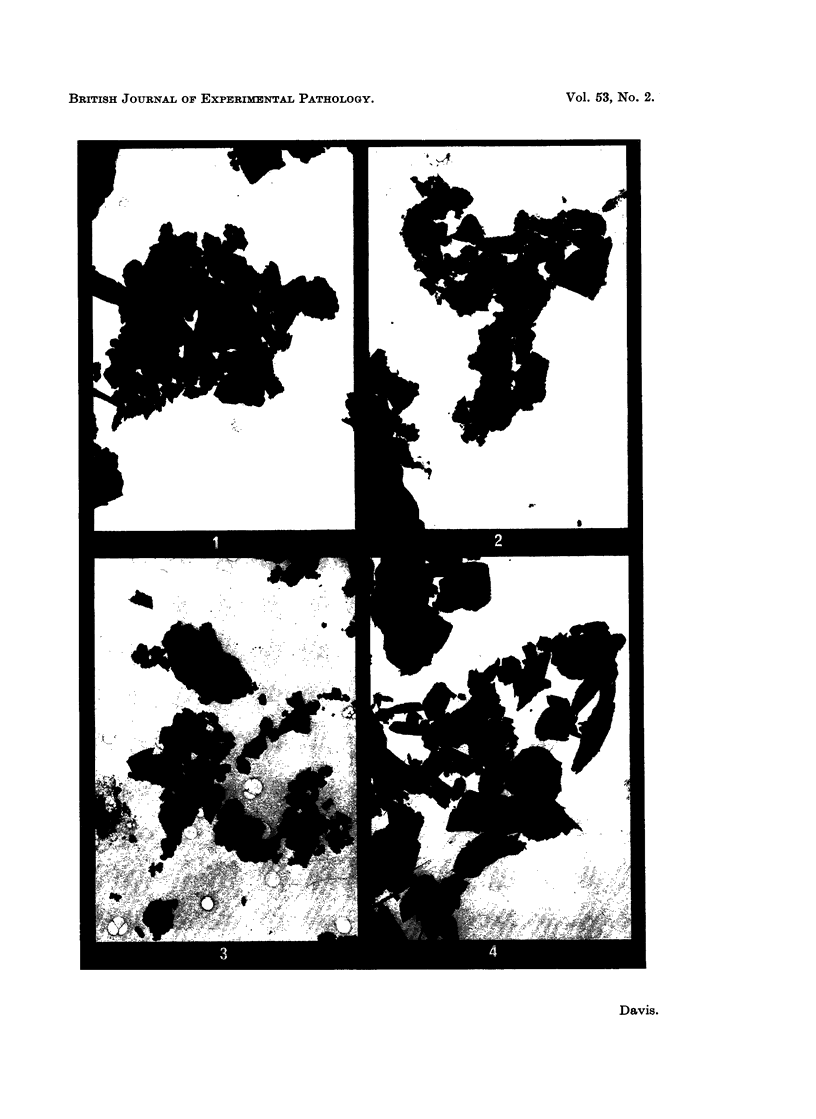
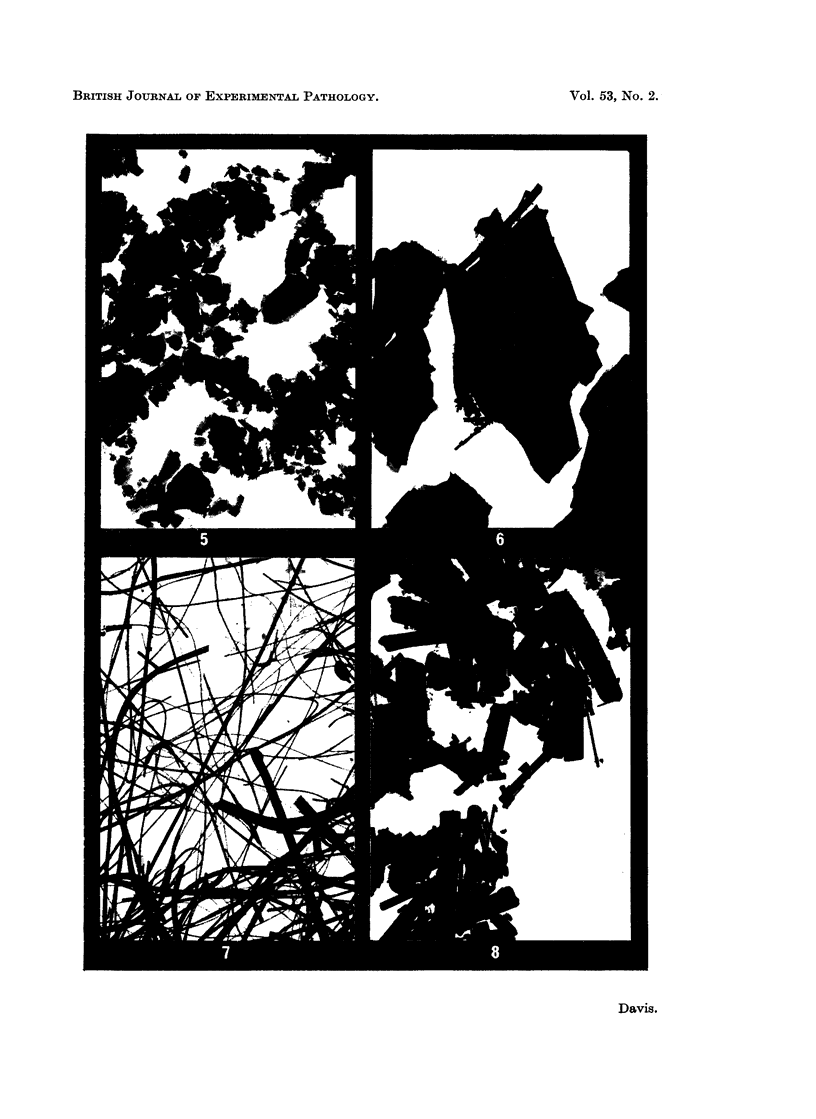


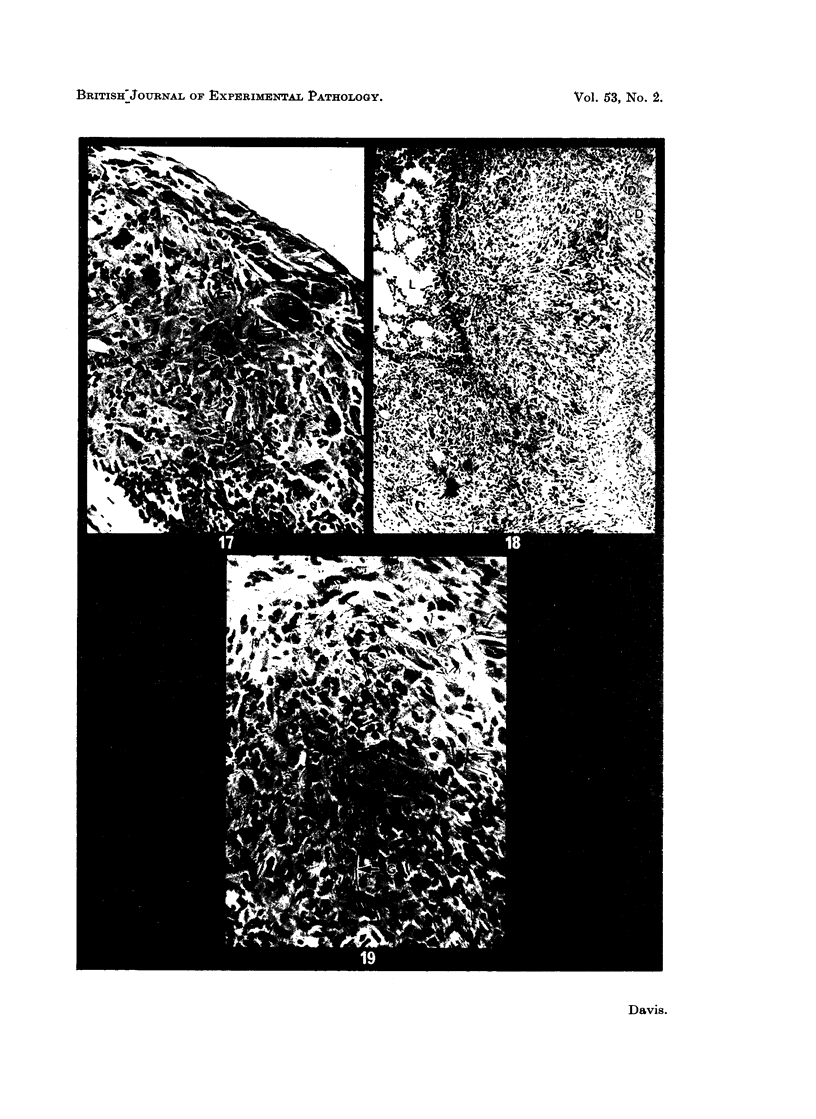
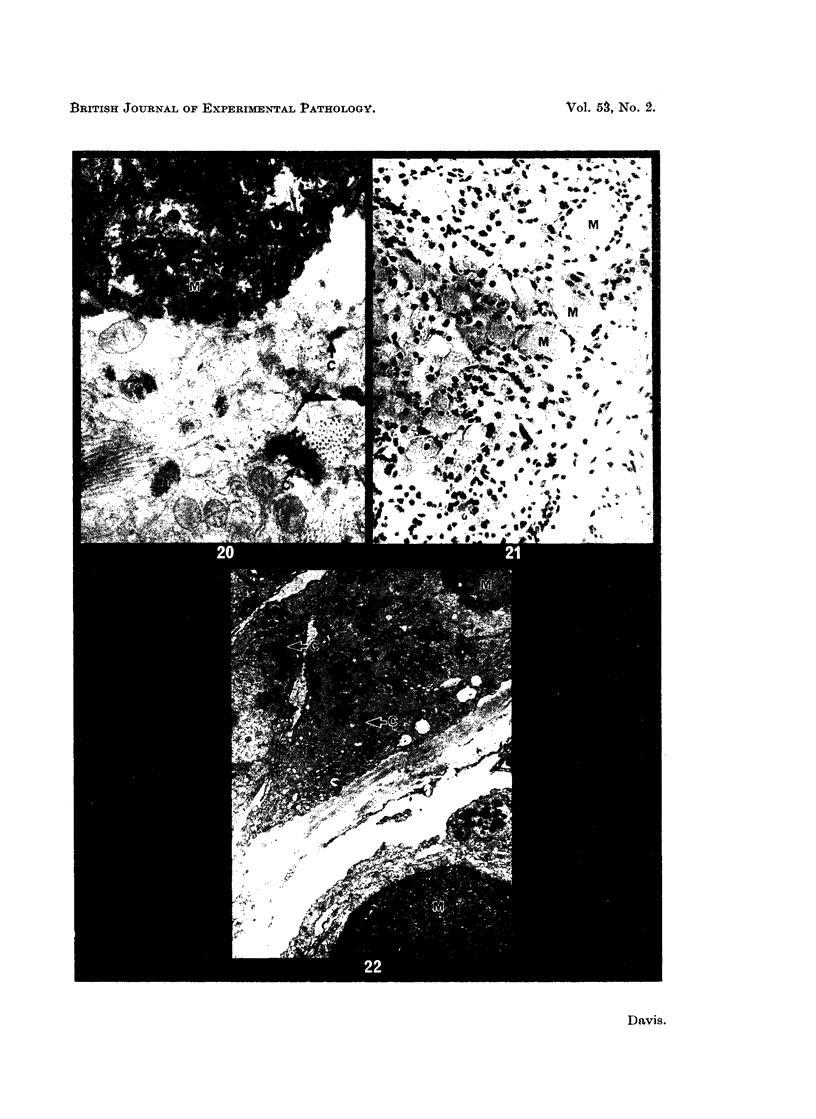



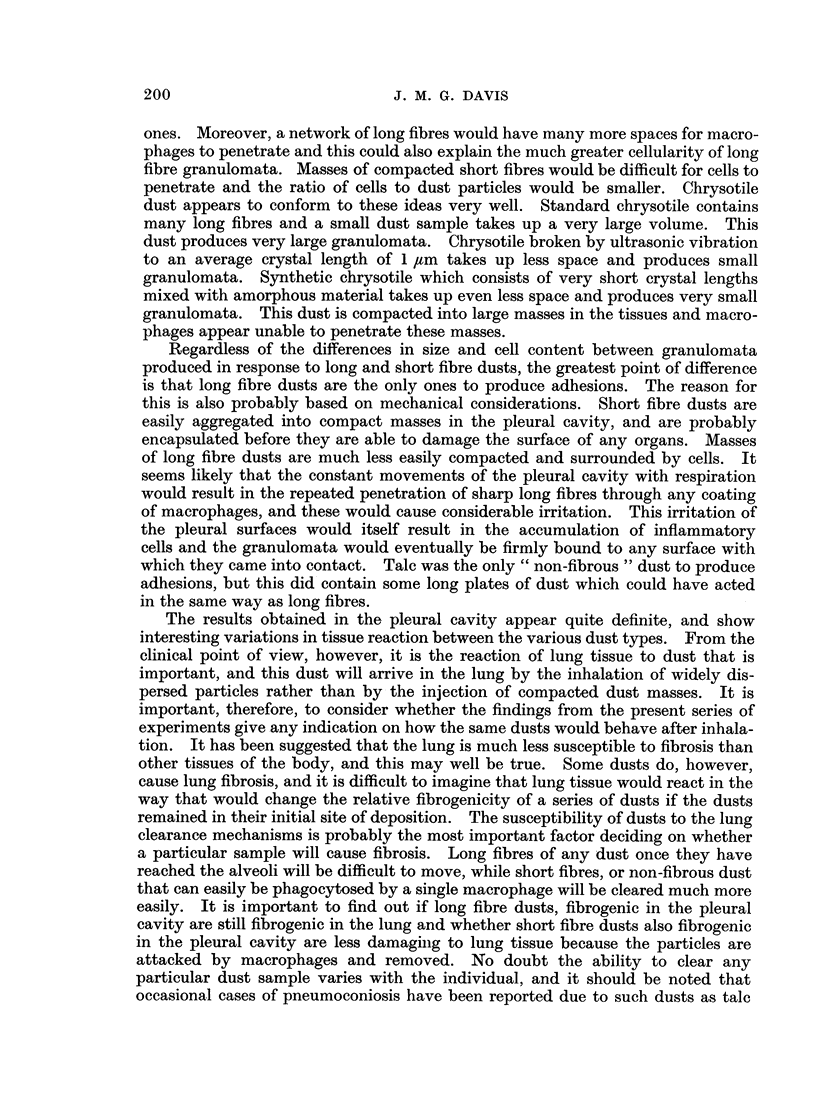

Images in this article
Selected References
These references are in PubMed. This may not be the complete list of references from this article.
- Allison A. C., Harington J. S., Birbeck M. An examination of the cytotoxic effects of silica on macrophages. J Exp Med. 1966 Aug 1;124(2):141–154. doi: 10.1084/jem.124.2.141. [DOI] [PMC free article] [PubMed] [Google Scholar]
- CURRAN R. C., ROWSELL E. V. The application of the diffusion-chamber technique to the study of silicosis. J Pathol Bacteriol. 1958 Oct;76(2):561–568. doi: 10.1002/path.1700760225. [DOI] [PubMed] [Google Scholar]
- Davis J. M. The long term fibrogenic effects of chrysotile and crocidolite asbestos dust injected into the pleural cavity of experimental animals. Br J Exp Pathol. 1970 Dec;51(6):617–627. [PMC free article] [PubMed] [Google Scholar]
- HOLT P. F., YOUNG D. K. A dust-feed mechanism suitable for fibrous dust. Ann Occup Hyg. 1960 Nov;2:249–256. [PubMed] [Google Scholar]
- Heppleston A. G., Styles J. A. Activity of a macrophage factor in collagen formation by silica. Nature. 1967 Apr 29;214(5087):521–522. doi: 10.1038/214521a0. [DOI] [PubMed] [Google Scholar]
- Holt P. F., Mills J., Young D. K. Experimental asbestosis with four types of fibers: importance of small particles. Ann N Y Acad Sci. 1965 Dec 31;132(1):87–97. doi: 10.1111/j.1749-6632.1965.tb41092.x. [DOI] [PubMed] [Google Scholar]
- Tronzano L. Rilievi istopatologici su due casi di pneumoconiosi da talco. Minerva Medicoleg. 1966 Nov-Dec;86(6):309–315. [PubMed] [Google Scholar]
- VIGLIANI E. C., PERNIS B. Immunological aspects of silicosis. Bibl Tuberc. 1963;17:230–279. [PubMed] [Google Scholar]
- VORWALD A. J., DURKAN T. M., PRATT P. C. Experimental studies of asbestosis. AMA Arch Ind Hyg Occup Med. 1951 Jan;3(1):1–43. [PubMed] [Google Scholar]
- Wagner J. C., Skidmore J. W. Asbestos dust deposition and retention in rats. Ann N Y Acad Sci. 1965 Dec 31;132(1):77–86. doi: 10.1111/j.1749-6632.1965.tb41091.x. [DOI] [PubMed] [Google Scholar]






